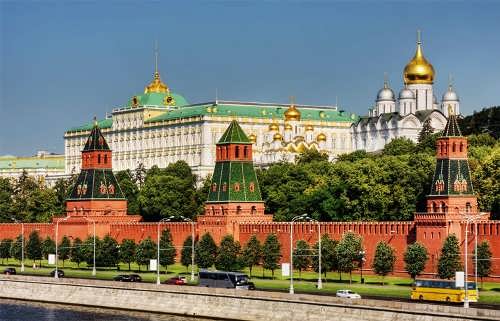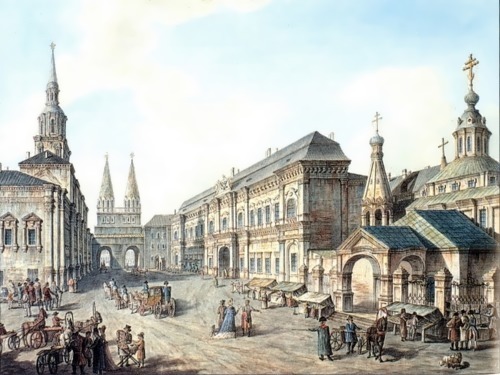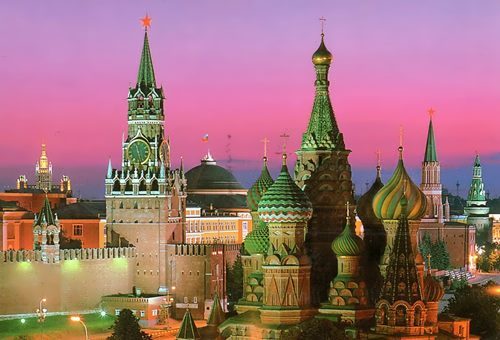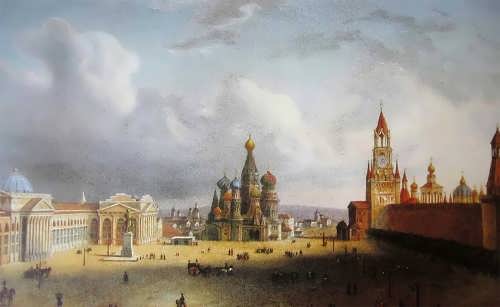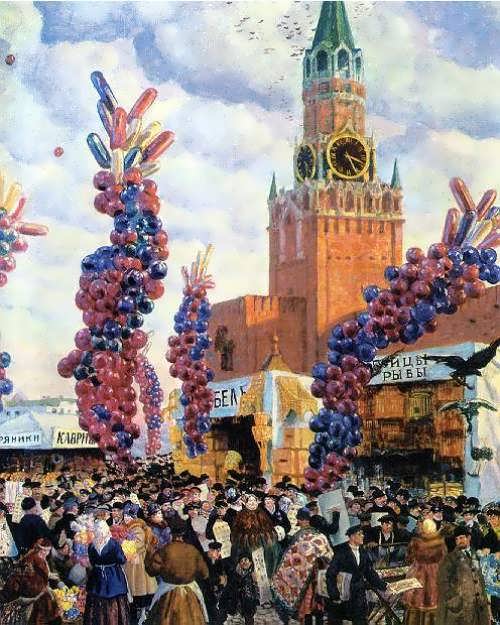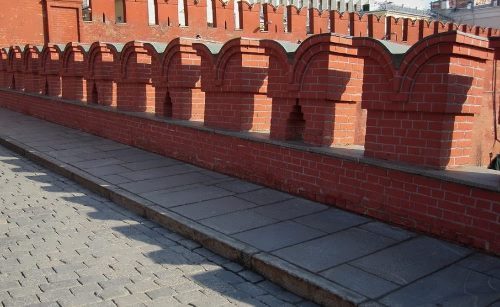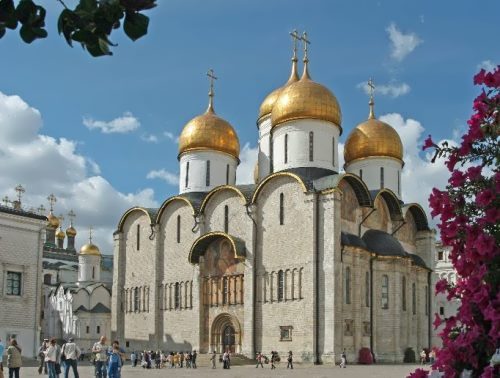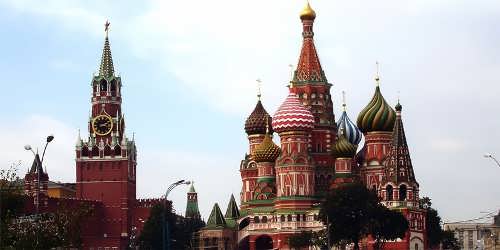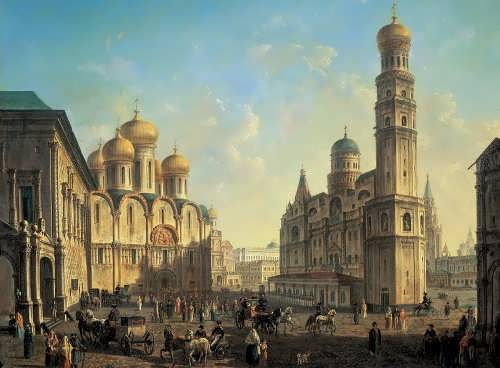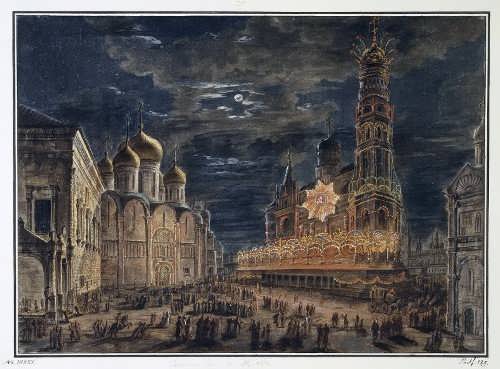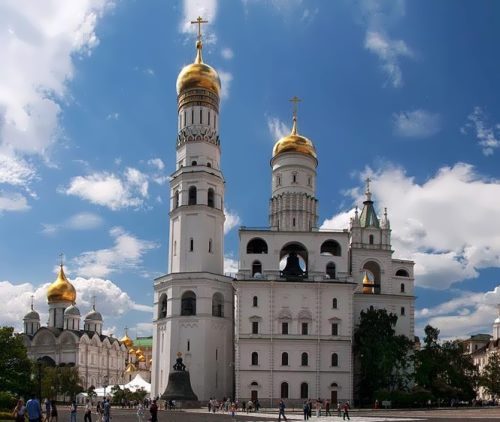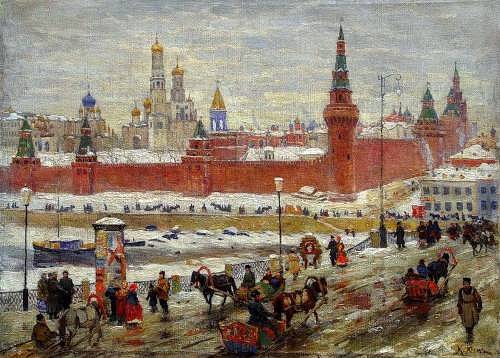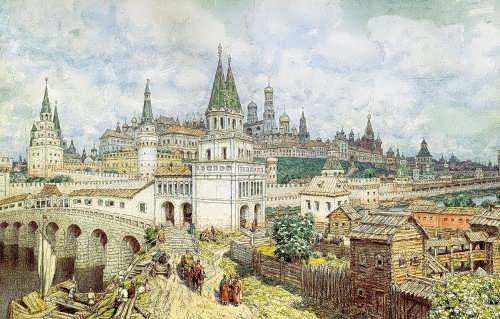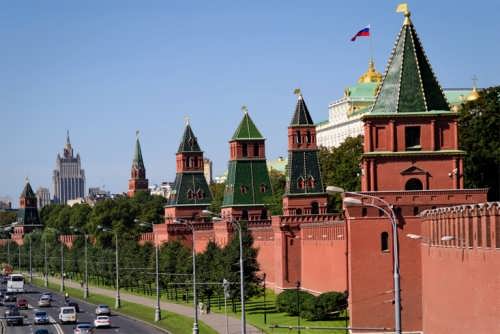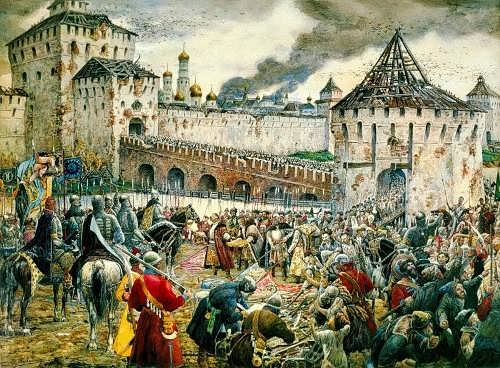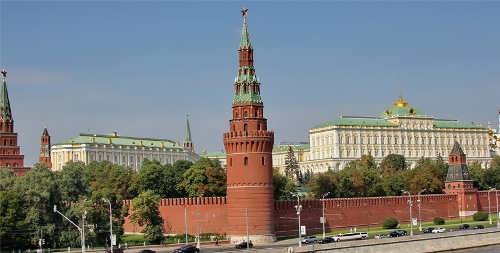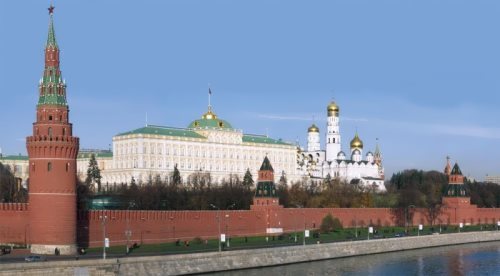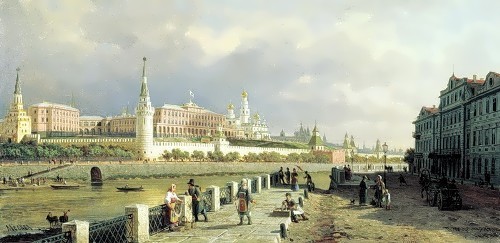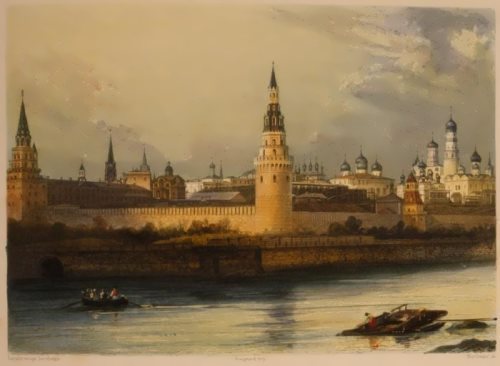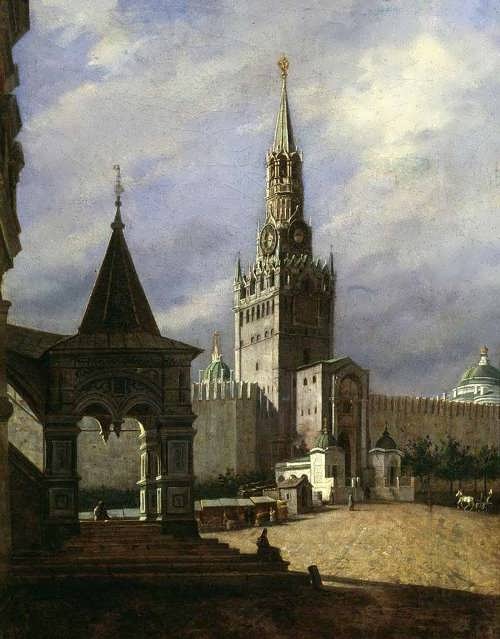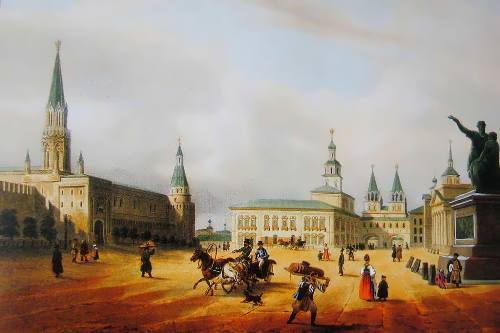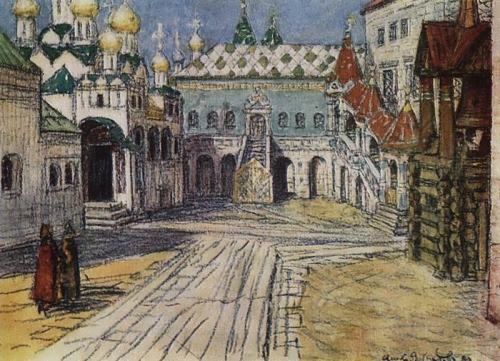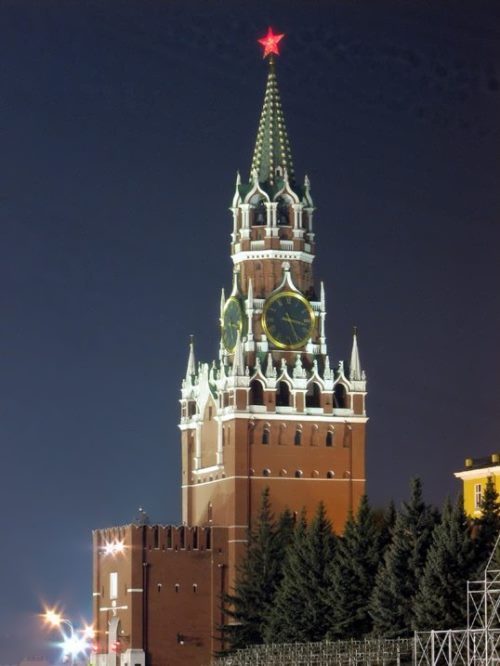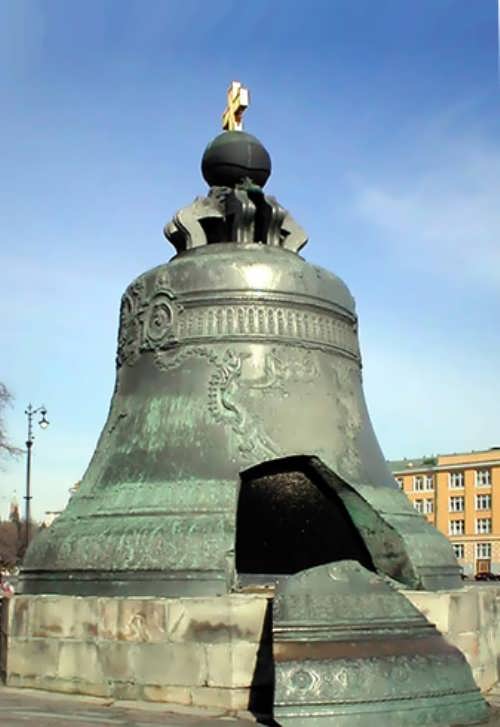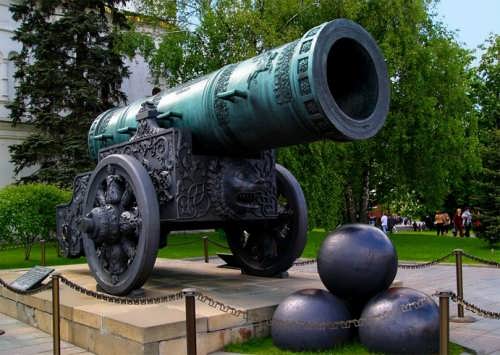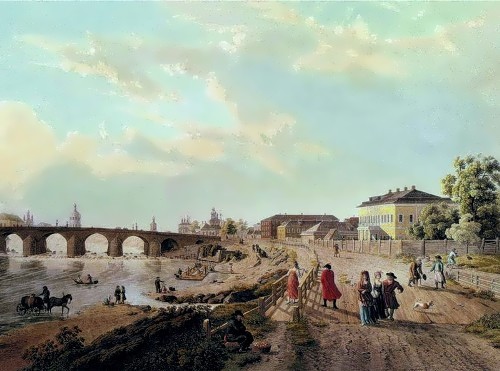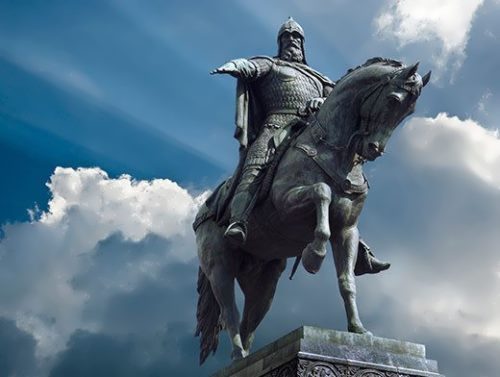Moscow Kremlin – amazing building with rich history
The central part of the ancient city was enclosed with the fortress walls and towers. The name “kremlin” is considered to be Russian, derived from the “kromka”, meaning “fortress wall, enclosing the city” in ancient times. Until the XIV century Moscow Kremlin was called Detinets, it was built on the left high bank of the Moskva River and became the center of the future city. Archaeological excavations on the territory found the settlement dated back the XI century. The first annalistic mention of Moscow was in 1147. The first Kremlin wall made of white stone was built in 1367 and of the red brick in 1495.
The history of the Kremlin is inseparably linked with the history of Moscow. In the middle of the XII century, Suzdal Prince Yury Dolgoruky built several forts to protect the western borders of Suzdal principality and a wooden fortress on Borovitsky Hill at the confluence of the Neglinnaya River to the Moscow River was among them. Timbered wall rose to 3 meters high and stretched for 1,200 meters around the perimeter. The protective earth mound was erected in front of it. In 1237-1238 Batu Khan’s hordes looted and burned the Kremlin and Moscow.
Further development of the Kremlin was related to the rise of the role of Moscow as the capital city of the principality, then the capital of the Russian state. The great Moscow Prince Ivan Kalita began to build stone churches on Borovitsky Hill. During the rule of Grand Duke Dmitry Donskoy (1350-1389) the Kremlin had extended almost to the modern borders, and in 1367 it was surrounded by white stone walls, and the city became known as the white-stone Moscow.
New construction of the Kremlin began after the liberation of Russia from Mongol-Tatar yoke. During that period Grand Duke Ivan III invited the famous Russian and Italian architects to create a new image of the Kremlin.
Italian Aristotele Fioravanti built the Cathedral of the Assumption – the tomb of Russian metropolitans and patriarchs, which became a place of wedding and coronation of the grand dukes, then tsars and emperors. Pskov craftsmen built the Church of the Deposition of the Robe and Cathedral of the Annunciation.
Ivan the Great Bell Tower became the center of the Kremlin. The red brick Kremlin walls were erected in 1485-1495. They have been preserved in its original form: the total length of them is 2235 m, a thickness – 3.5 to 6.5 m and a height of 5 to 19 m. There are 20 large and small watchtowers. Italian architects Marco Ruffo, Antonio Gilardi, Pietro Antonio Solari, Alois di Carcano took part in the construction of the towers.
By the beginning of the XVI century Moscow Kremlin became complete grandiose architectural structure, one of the most significant in Europe.
In 1776-1787 under the project of M.F. Kazakov Senate building, now the residence of the President of the Russian Federation, was being built. Armory Chamber appeared in 1806-1812.
The French invasion in September 1812 caused great damage. A month later, the French army was forced to leave empty and burning city. Then by order of Napoleon the French army exploded Vodovzvodnaya Tower, Ivan the Great Bell Tower, damaged St. Nicholas, Borovitskaya and Arsenal Towers. Restoration work continued from 1816 to 1819.
In 1849 Grand Kremlin Palace was built.
In 1898 a monument to Emperor-Liberator Alexander II was erected in the Kremlin and in 1918 it was demolished.
In March 1918, Moscow once again became the capital of the Soviet state and the Kremlin was the seat of government. In the former Senate building housed offices and the apartment of Lenin, in the other buildings Stalin and Kamenev lived.
In the late 20s of XX century the demolition of many buildings of the Kremlin began. In place of the monasteries school was built. Since 1925 part of the Kremlin wall was made the burial place of urns with ashes of the USSR leaders. In 1935-1937 five-pointed red stars appeared on the Spasskaya, Nikolskaya, Trinity and Vodovzvodnaya Towers.
Since 1955, the entrance to the Kremlin became free. Later the State Kremlin Palace was built.
UNESCO included the complex of the Moscow Kremlin and Red Square in the World Heritage List of humanity.
Moscow Kremlin – amazing building with rich history
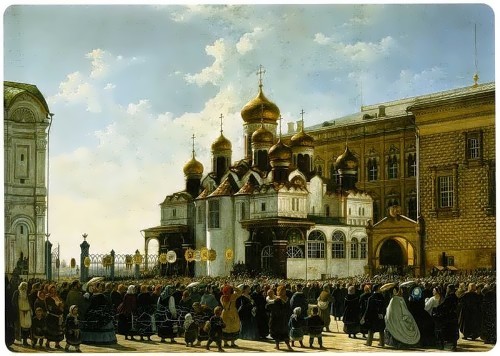
Baudry Carl-Friedrich. The religious procession at the Annunciation Cathedral in the Moscow Kremlin. 1860
